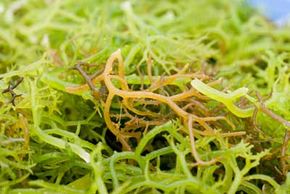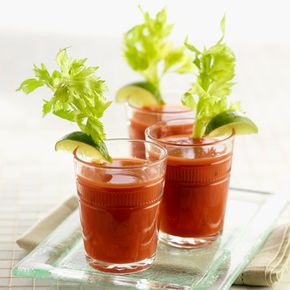You'd be hard pressed to find a Canadian restaurant in the United States (except for the 300 Tim Hortons franchises...we'll get to that), but Canada's cultural and geographic diversity has produced quite a few foods that can boast Canadian heritage.
Arctic char: This is the northernmost freshwater fish in North America, caught commercially since the 1940s. Char is a little like salmon in color and texture, but its unique flavor elevates it to a delicacy.
Advertisement
Back bacon: Also called Canadian bacon in the United States, this cut has less fat than other kinds of bacon. It has a taste and texture similar to ham. Peameal bacon is cured back bacon that's coated with ground yellow peas.
Bakeapples: These are also referred to as baked-apple berries, chicoute, and cloudberries. Found mostly in the Maritime provinces of Nova Scotia and Newfoundland, they taste--surprise--like a baked apple. These can be eaten raw or used in pies and jams.
Bangbelly: To ward off some of the wettest, windiest, nastiest cold on the continent, Newfoundlanders have long boiled up a pudding of flour, rice, raisins, pork, spices, molasses, and sometimes seal fat. The result is comparable to bread pudding and is commonly served at Christmastime.
Beavertails: No aquatic rodents are harmed in the making of this snack. These fried, flat pastries, shaped like a beaver's tail, are similar to that carnival staple called elephant ears. They can be topped with sugar, cinnamon, fruit, even cream cheese and salmon. An Ottawa specialty.
Butter tart: Along with so many other aspects of their culture, the Scots brought these to Canada. These are little pecan pies without the pecans, perhaps with chocolate chips, raisins, or nuts. You haven't had Canadian cuisine until you've had a butter tart.
Cipaille: This layered, spiced-meat-and-potato pie is most popular in Quebec. Look for it on menus as "sea pie" in Ontario, not for any aquatic additives but because that's exactly how the French word is pronounced in English.
See more Canadian Food Facts on the next page.
Advertisement

